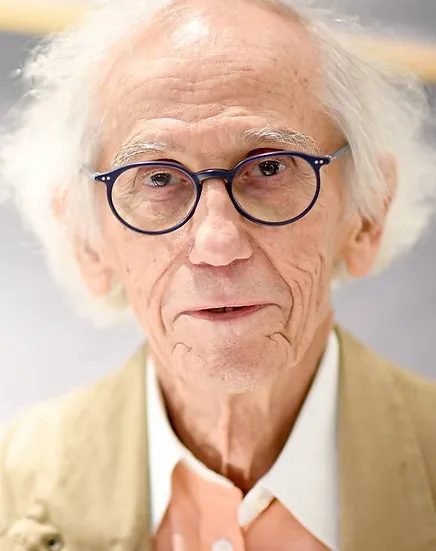April 28 - May 28 2023
BASILICA DI SAN CELSO - CORSO ITALIA, 37, 20122 SAN CELSO - MILAN
pourquoi
l'art ?
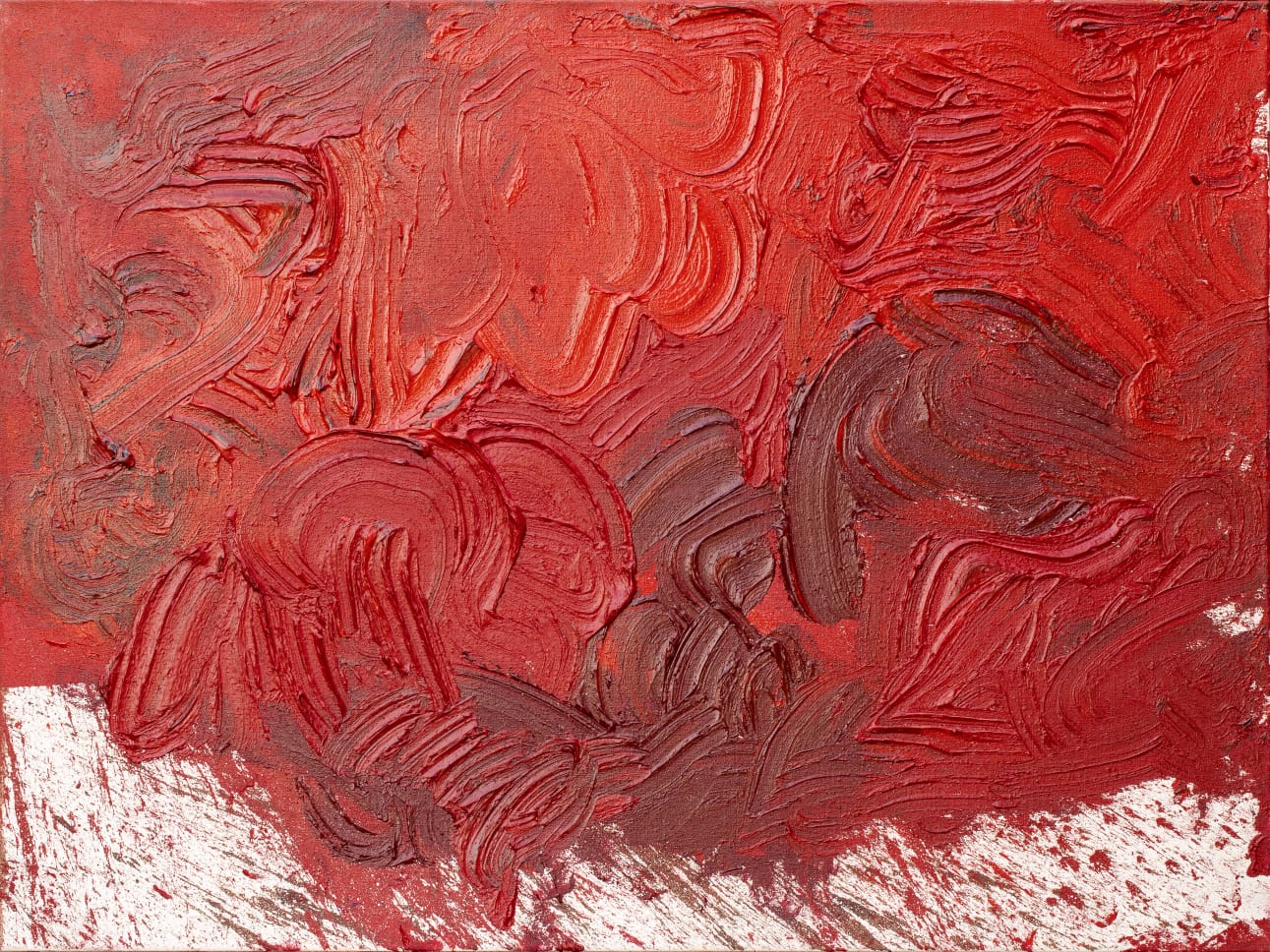
Why make art, deal with it, work with it? Why study it? write about it? It is the title of a work by Ben Vautier, which we have used to title the exhibition that this text accompanies. An exhibition that offers a part of the collection of Marco Orler, who is opening his traveling gallery, after having been involved in the art market for about thirty years with other roles.
ExhibitionInfo
Period
28th April 2023 To
28th May 2023
Duration
10.00 - 12.30 / 15.00 - 19.00 From Thusday To Sunday
Curated By
Angela Madesani
About the exhibition
We are faced with a synthetic and complex journey in the history of art from the end of the 20th century up to the present day.
Fundamental is the relationship that is created between the works and the space that houses them, the Basilica of San Celso, a place that has a long history that has its roots in the Romanesque-Lombard world, prior to the year 1000, demolished and then rebuilt, with a facade set back from the original, by Luigi Canonica. The basilica houses many details of the primitive construction, such as the historiated capitals, some frescoes and the marble overcasing which for centuries contained the sarcophagus with the relics of the saint to whom it is dedicated, which are now found in the neighboring Sanctuary of Miracles.
In such an extraordinary place, full of spirituality, of sacredness, why contemporary art? Because it is very interesting to try to create a dialogue between the contemporary world and an ancient place of faith, it is as if we were able to grasp red threads that lead us between different moments in history. The reading of the works is not univocal, the spectator participates in what he sees, in the atmosphere that is created.
The overcase acts as an altar to the basilica, even if the same is no longer a place for sacred functions, although it remains consecrated.
the history
ofthe Collection
In front of the large canvas by Hermann Nitsch, whose primary intent was of a social-political but also existential nature, with clear references to the Austrian tragedies of the Anschluss first, then the war and the Shoah, the dramatic sense of the work emerges, from understood in the Greek sense of the term.
The link is with history, with memory, it seems to perceive a reference to certain writings of the great Thomas Bernhard.
After all, the philosopher Theodor W.Adorno stated in 1949: «Writing a poem after Auschwitz is a barbaric act». What about making art? Why do it, keep doing it? Because in it there is an answer, sometimes ambiguous, sometimes powerful, like with Hermann Nitsch.
And therefore the art of light and movement, as for the Belgian Walter Leblanc, who was part of the German Gruppo Zero and who wrote: «Now, white is the most abstract colour, the one among all, it reflects the modulations of light better than any other.
From this it follows that the materiality of the twisted and taut cotton threads disappears in favor of a vibration that works well in both natural and artificial light, mobile or still».
“ Marco Orler International Gallery was born from the experience and passion I have had for art since I was a teenager. ”
ArtISTSon view
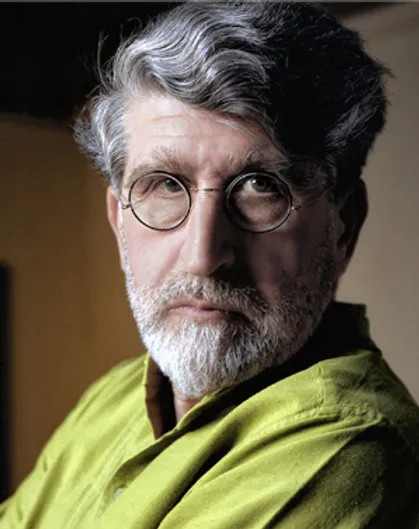
Valerio Adami
Bologna, Italy 1935
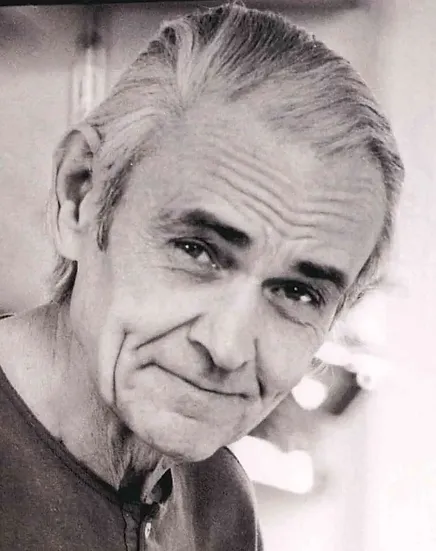
Stanley boxer
New York, USA 1926-2000
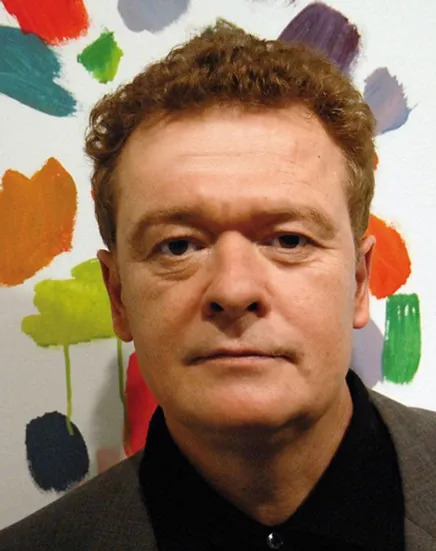
Günther Förg
Füssen, Germany 1952-2013
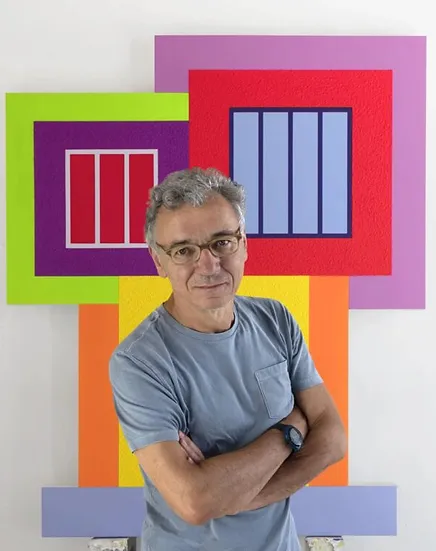
Peter Halley
New York, USA 1953
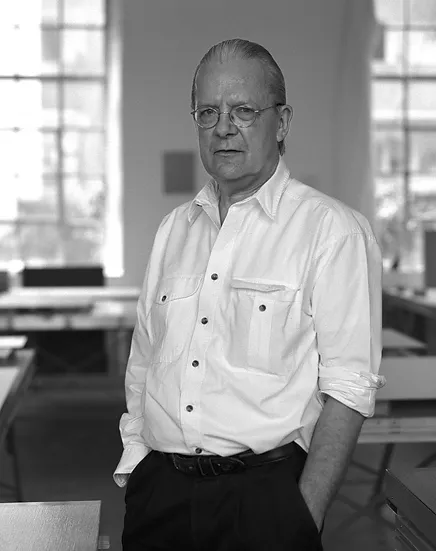
Imi Knoebel
Dessau, Germany 1940
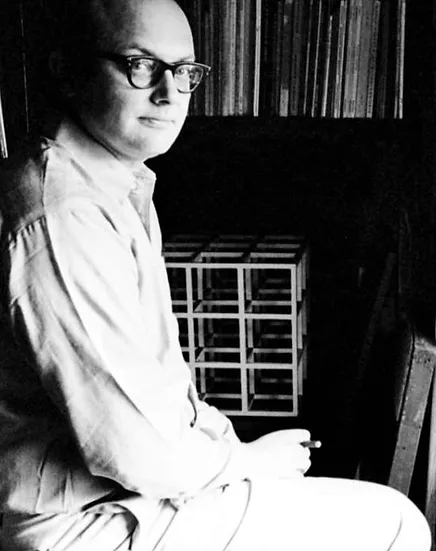
Sol Lewitt
Hartford, USA 1928-2007
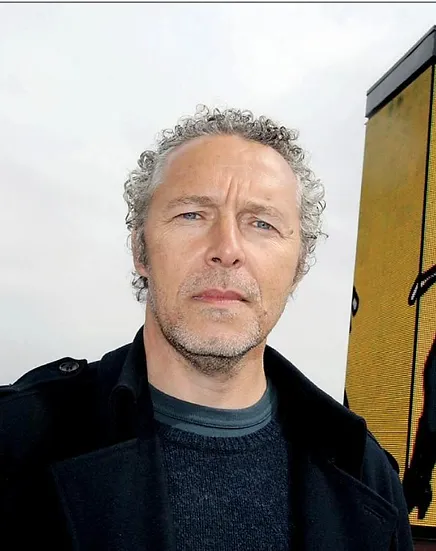
Julian Opie
Oxford, England 1958
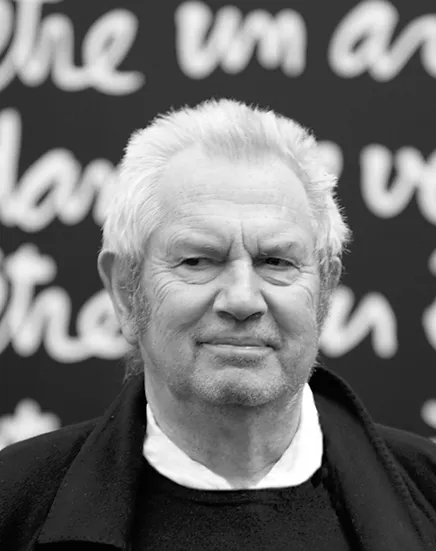
Ben Vautier
Nalpes, Italy 1935
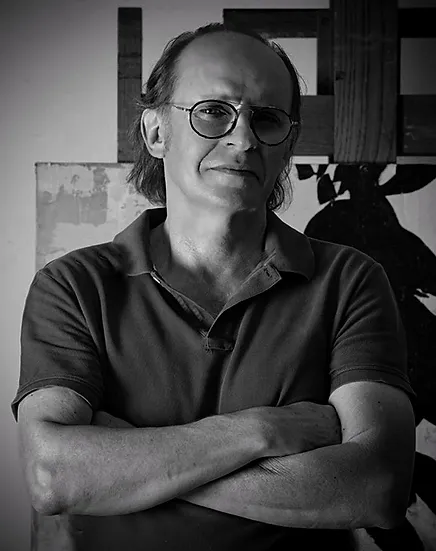
Clement Rosenthal Verneuil
Paris, France 1956
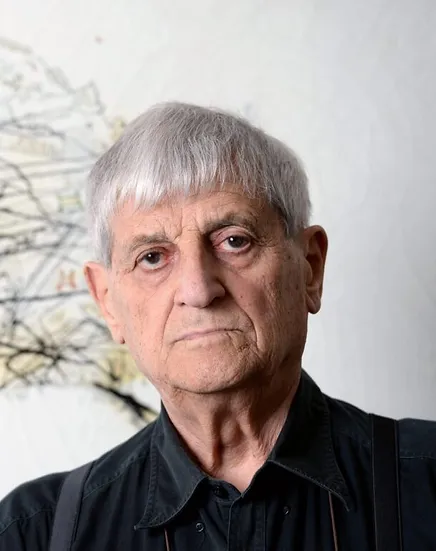
Gianfranco Baruchello
Livorno, Italy 1924
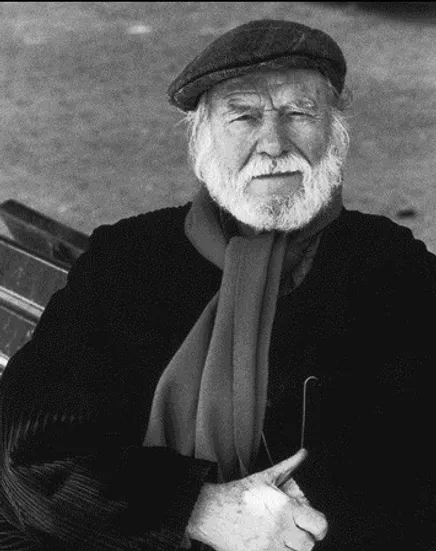
Guillaume Corneille
Liegi, Belgium 1922–2010
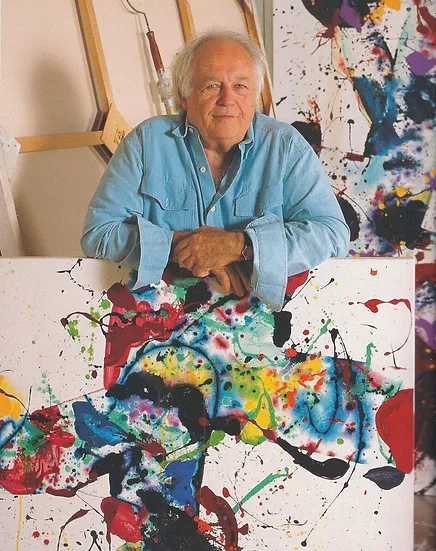
Sam Francis
San Mateo, USA 1923-1994
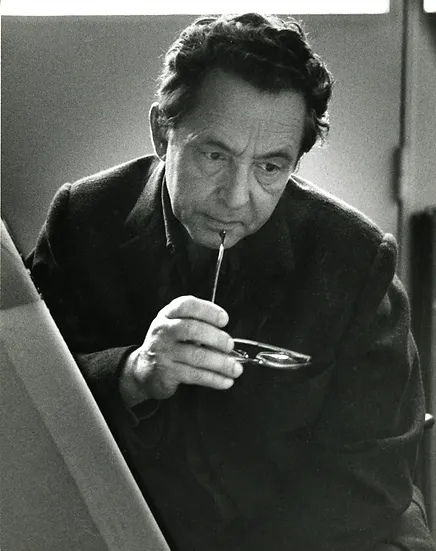
Hans Hartung
Lipsia, Germany 1904-1989
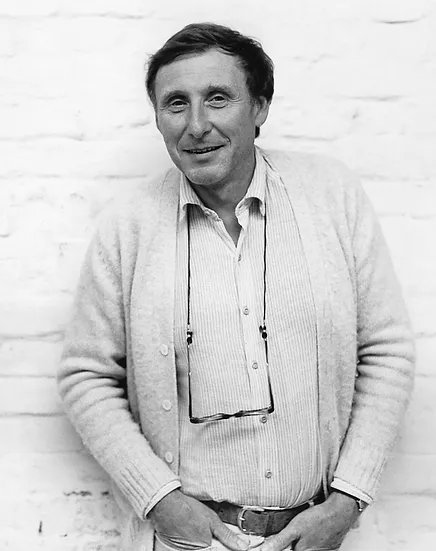
Walter Leblanc
Antwerpen, Belgium 1932 – 1986
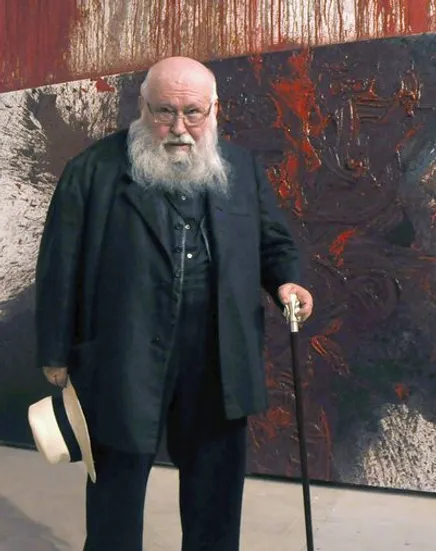
Hermann Nitsch
Vienna, Austria 1938–2022
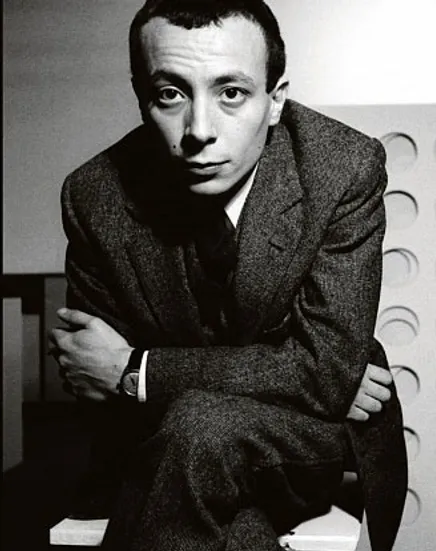
Paolo Scheggi
Firenze, Italy 1940-1971
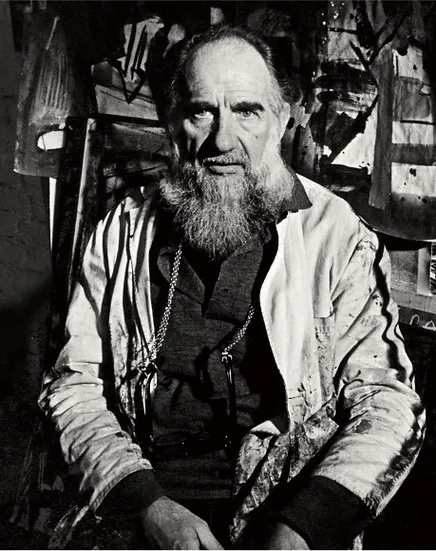
Emilio Vedova
Venice, Italy 1919-2006
